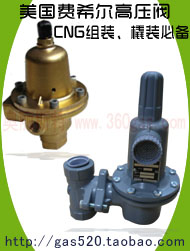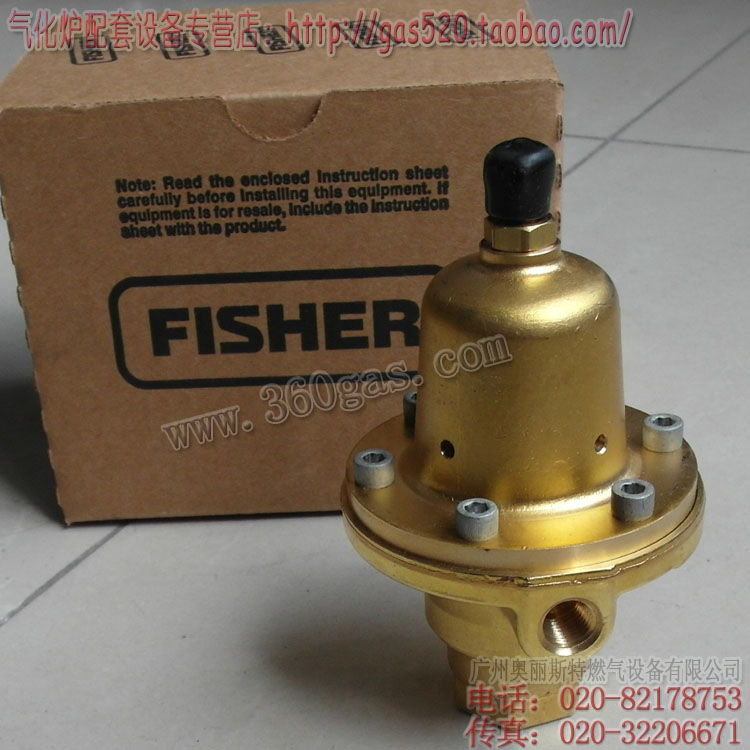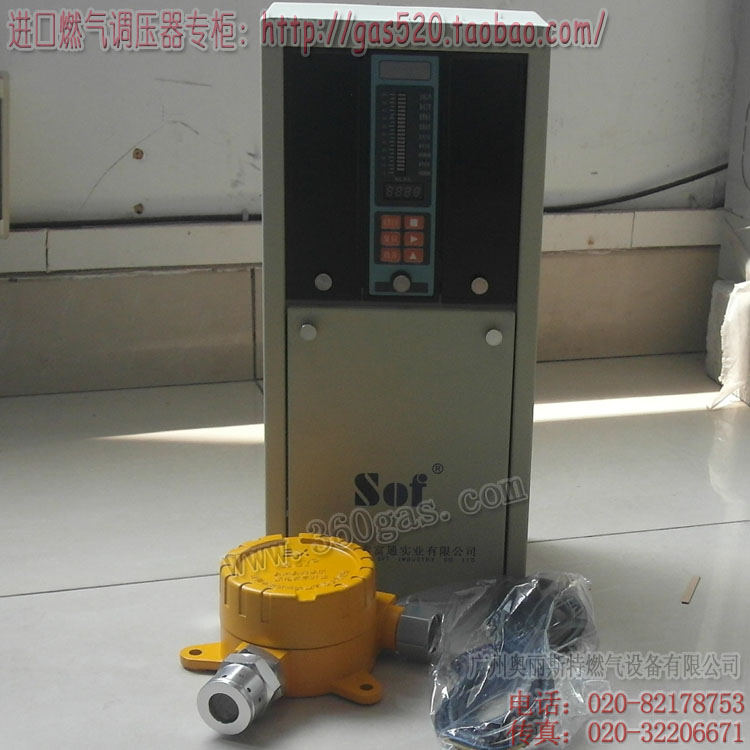位置:首页 > 燃气资讯 > California Funds 2
California Funds 28 H2 Refueling Stations
浏览次数 760 , 日期 2014-08-13 , 燃气设备 加入收藏
California state agencies are collaborating on a range of initiatives to support the goal of 1.5 million zero-emission vehicles on the road by 2025. The California Energy Commission (CEC) carried out one of these initiatives, voting to use nearly $46.6 million to put in place 28 new, public hydrogen refueling stations and one mobile refueler by the end of 2015.
The move was one of several actions designed to help achieve a key goal of the state’s zero-emission vehicle (ZEV) plan: to accelerate construction of hydrogen refueling infrastructure across the state.
“Making the transition to cleaner, lower polluting near-zero and zero-emission vehicles is a critical component to addressing California’s clean air and climate challenges. The transportation sector accounts for about 40 percent of the state’s greenhouse gas emissions,” said Commissioner Janea A. Scott, the Energy Commission’s lead commissioner on transportation. “We are pleased to be part of this state collaboration and will continue to work diligently on standing up hydrogen fuel cells and other electric vehicle technologies.”
As part of this initiative (CEC) awarded USD 4.3 million to Linde North America to construct retail hydrogen fueling stations at Oakland International Airport and San Ramon, California.
The grants, made through CEC’s Alternative and Renewable Fuel and Vehicle Technology Program, were made to eight applicants and will add 13 new hydrogen fueling locations in Northern California and 15 in Southern California, strategically located to create a refueling network along major corridors and in regional centers. “Transitioning to low- and zero-emission vehicles is critical to meeting air quality goals and to reducing the emissions that lead to climate change,” said Energy Commissioner Janea A. Scott “With this funding, California will accelerate the construction of a reliable and affordable refueling infrastructure to support the commercial market launch of hydrogen fuel cell vehicles.”
Mike Beckman, head of Hydrogen Fueling for Linde North America, said, “This is a huge shot in the arm for the commercialization of hydrogen-fueled cars. Not just for California and the U.S., but for the global initiative as well. California is taking the lead, and by adding additional funds for 28 new retail stations sends a strong message about how serious one market is about setting up the infrastructure to promote the introduction of zero-emission vehicles.”
Toyota, Honda and Hyundai have already committed to commercial introduction of fuel cell cars by the end of this year and beginning of next year. “Others will soon follow,” Beckman said. “So we’re moving closer to hydrogen fueled automobiles becoming a commercial reality. We are currently cooperating with Toyota and the Port of Oakland and appreciate their support. The next step for us is to commercialize our first two retail stations and prove that Linde can lead the way in high performance, high throughput retail hydrogen fueling.”
The move was one of several actions designed to help achieve a key goal of the state’s zero-emission vehicle (ZEV) plan: to accelerate construction of hydrogen refueling infrastructure across the state.
“Making the transition to cleaner, lower polluting near-zero and zero-emission vehicles is a critical component to addressing California’s clean air and climate challenges. The transportation sector accounts for about 40 percent of the state’s greenhouse gas emissions,” said Commissioner Janea A. Scott, the Energy Commission’s lead commissioner on transportation. “We are pleased to be part of this state collaboration and will continue to work diligently on standing up hydrogen fuel cells and other electric vehicle technologies.”
As part of this initiative (CEC) awarded USD 4.3 million to Linde North America to construct retail hydrogen fueling stations at Oakland International Airport and San Ramon, California.
The grants, made through CEC’s Alternative and Renewable Fuel and Vehicle Technology Program, were made to eight applicants and will add 13 new hydrogen fueling locations in Northern California and 15 in Southern California, strategically located to create a refueling network along major corridors and in regional centers. “Transitioning to low- and zero-emission vehicles is critical to meeting air quality goals and to reducing the emissions that lead to climate change,” said Energy Commissioner Janea A. Scott “With this funding, California will accelerate the construction of a reliable and affordable refueling infrastructure to support the commercial market launch of hydrogen fuel cell vehicles.”
Mike Beckman, head of Hydrogen Fueling for Linde North America, said, “This is a huge shot in the arm for the commercialization of hydrogen-fueled cars. Not just for California and the U.S., but for the global initiative as well. California is taking the lead, and by adding additional funds for 28 new retail stations sends a strong message about how serious one market is about setting up the infrastructure to promote the introduction of zero-emission vehicles.”
Toyota, Honda and Hyundai have already committed to commercial introduction of fuel cell cars by the end of this year and beginning of next year. “Others will soon follow,” Beckman said. “So we’re moving closer to hydrogen fueled automobiles becoming a commercial reality. We are currently cooperating with Toyota and the Port of Oakland and appreciate their support. The next step for us is to commercialize our first two retail stations and prove that Linde can lead the way in high performance, high throughput retail hydrogen fueling.”








